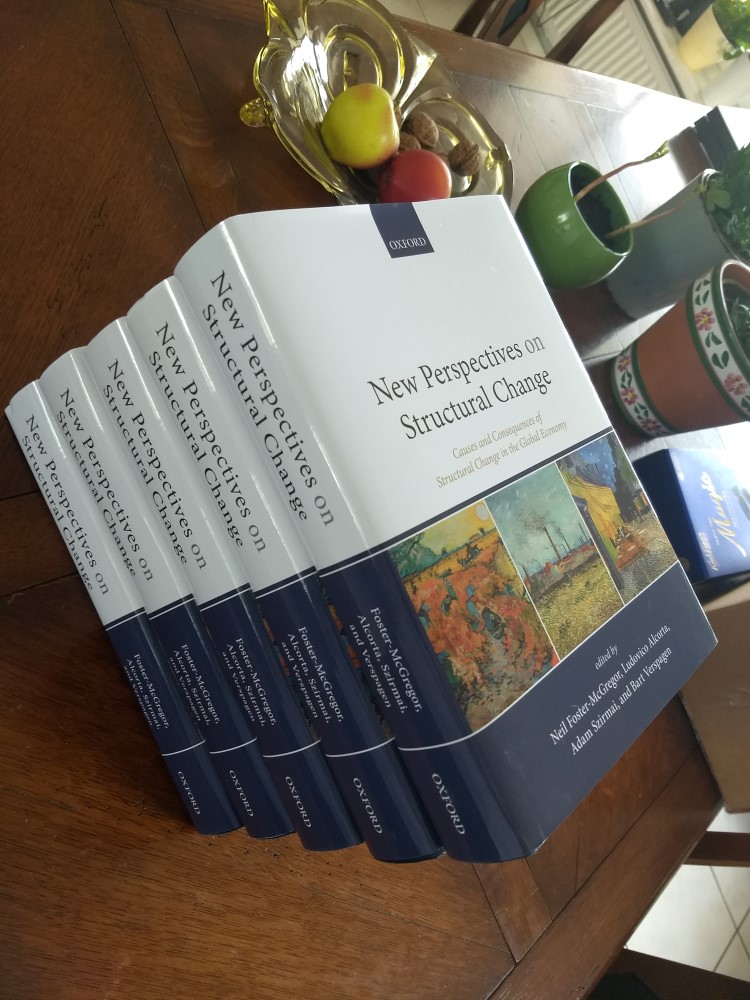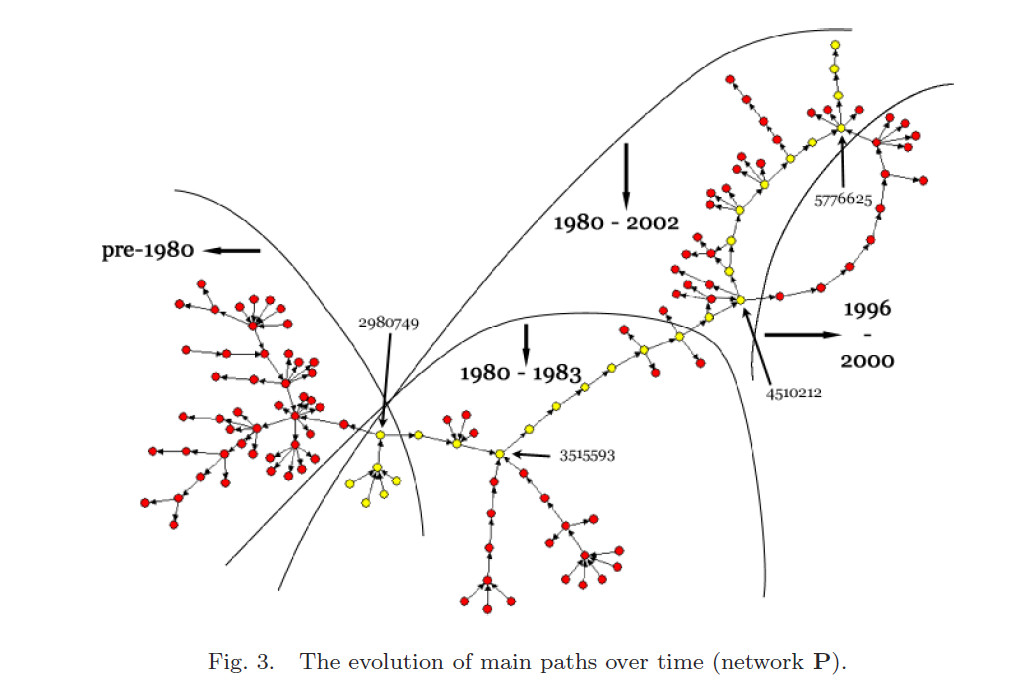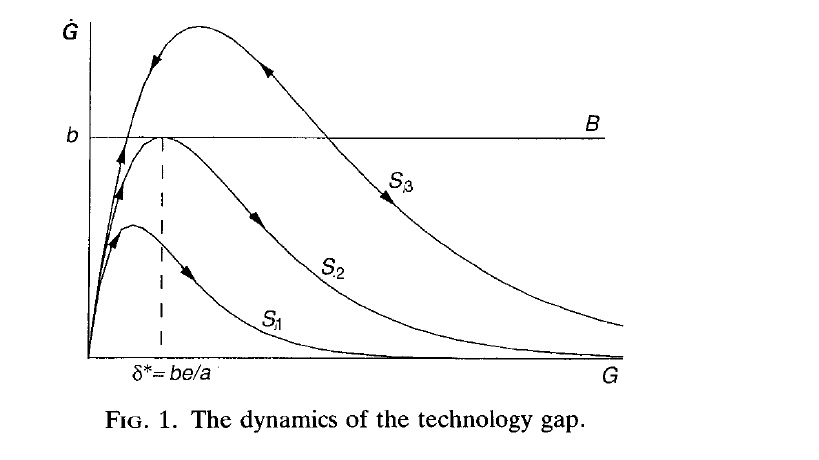
- Details
Oxford University Press just published the book "New Perspectives on Structural Change", which was edited by Neil Foster-McGregor, Ludo Alcorta, Eddy Szirmai and myself. We worked on this book for several years, with a large team of authors, who are all top scholars in the field.

- Details
Can we think about economic growth without technology developing further? Perhaps we can, if the robots can take over...
Önder Nomaler and I develop a model that was published in Economics of Innovation and New Technology, in which we show how this may work. In short: instead of technology making work ever-more productive, it could be investment in artificial intelligence (or 4th industrial revolution capital goods) that take this role. While this may make economic growth possible, it will also raise the issue of distribution in a very strong way. The paper can be accessed here.
- Details
Those of you following the literature on the economic effects of R&D may have seen a paper by Van Elk et al. on the economic effects of investment in public R&D. Those who really follow that literature well may have seen both the working paper version, and the officially published one, and have noticed a slight change in authorship between those two versions. More specifically, I was an author (named Al) in the working paper version, but in the journal version, I was just a line in a footnote. Let me explain here how that came about.
Read more: How I got from the author line to the footnote (and back)
- Details
One important topic in my work is the analysis of patent citation networks. These networks are kind of special, because they are a-cyclical and directed (contrary to most other networks that economists analyze, which often contain cycles and are non-directed). This work started with a publication in Advances in Complex Systems, dealing with fuel cells. If you don't have access to this journal, you may download the paper here.

- Details
, 2024, Demand-led industrialisation policy in a dual-sector small open economy, Metroeconomica, early access, link at publisher (open access)
- Details
The topic of growth rate differentials between countries has been a main theme in my work from the very beginning. It was the main topic of my PhD thesis of 1992. Chapter 6 of that thesis contains my model of catching up and falling behind (see picture below), which was also published in 1991 in the Elsevier Journal Structural Change and Economic Dynamics. if you do not have access to that journal, you can download the paper here.

- Details
Foster McGregor, N., Alcorta, L, Szirmai, A. & B. Verspagen (eds.), 2021, new Perspectives on Structural Change, Oxford: Oxford University Press.
Fagerberg, J., Mowery, D.C. and B. Verspagen (eds.), 2009, Innovation, Path dependency and Policy. The Norwegian case, Oxford: Oxford University Press.
Page 1 of 2
